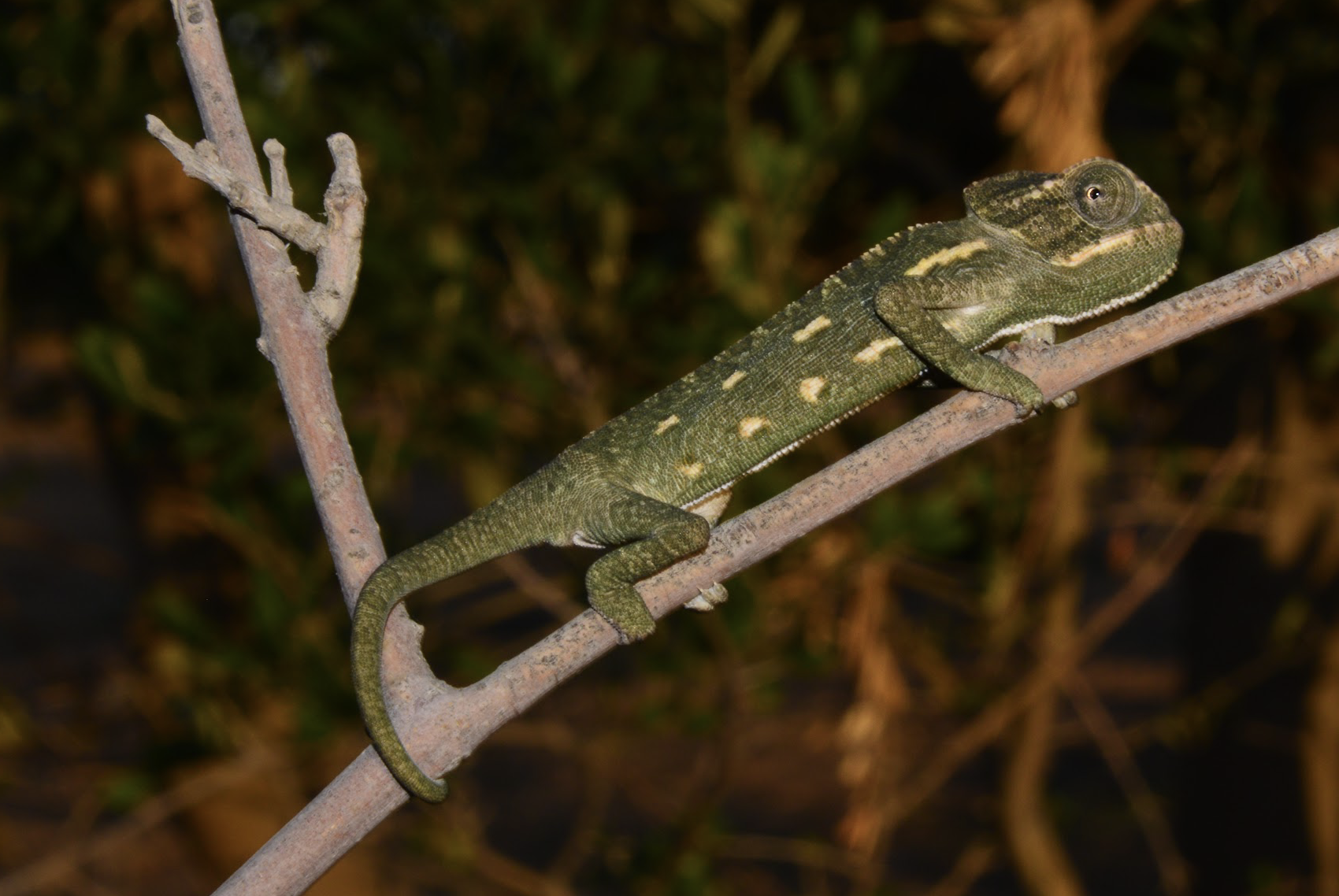Split by Time: Annual Reproduction and Allochrony in a Desert Chameleon

Sagi and Bouskila (2025) present the first documented case of yearly allochrony in a terrestrial vertebrate, focusing on the annual chameleon Chamaeleo chamaeleon musae in the Negev desert. Allochrony refers to reproductive isolation caused by differences in timing, and while it has been observed in marine and insect taxa, it had not previously been confirmed in terrestrial vertebrates.
This population of C. c. musae exhibits a semelparous life cycle—individuals reproduce once, typically one year after hatching, and then die. Eggs require approximately 11 months to hatch, creating a temporal offset between cohorts. The result is two reproductively isolated subpopulations:
One group hatches and reproduces in odd-numbered years
The other in even-numbered years
Only 0.2% of individuals survive to a second reproductive season, reinforcing the separation. This pattern meets the criteria for yearly allochrony, where reproductive events are separated by full calendar years and do not overlap.
The study used long-term field monitoring and demographic modeling (via MARK software) to confirm the life history parameters and population structure. The implications are significant:
Speciation potential: Temporal isolation may lead to genetic divergence
Conservation relevance: Monitoring programs must account for cohort-specific dynamics
Evolutionary insight: Challenges assumptions about reproductive synchrony in terrestrial vertebrates
This discovery expands the known mechanisms of population isolation and highlights the importance of life history traits in shaping evolutionary trajectories.
Reference
Sagi, Liran, and Amos Bouskila. 2025. "First Evidence of Yearly Allochrony in a Terrestrial Vertebrate: A Case Study of an Annual Chameleon." Ecology 106(6): e70144. https://doi.org/10.1002/ecy.70144